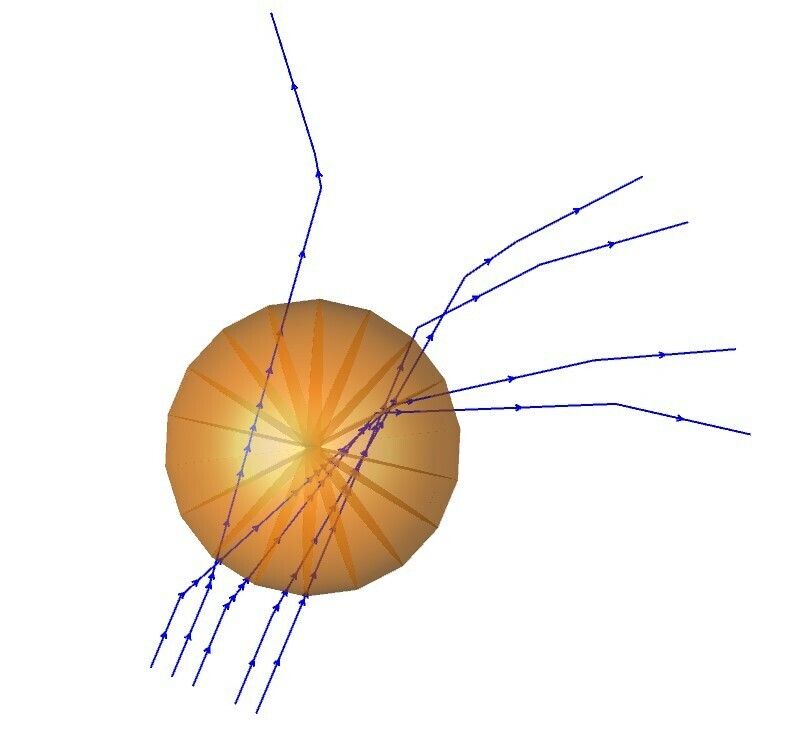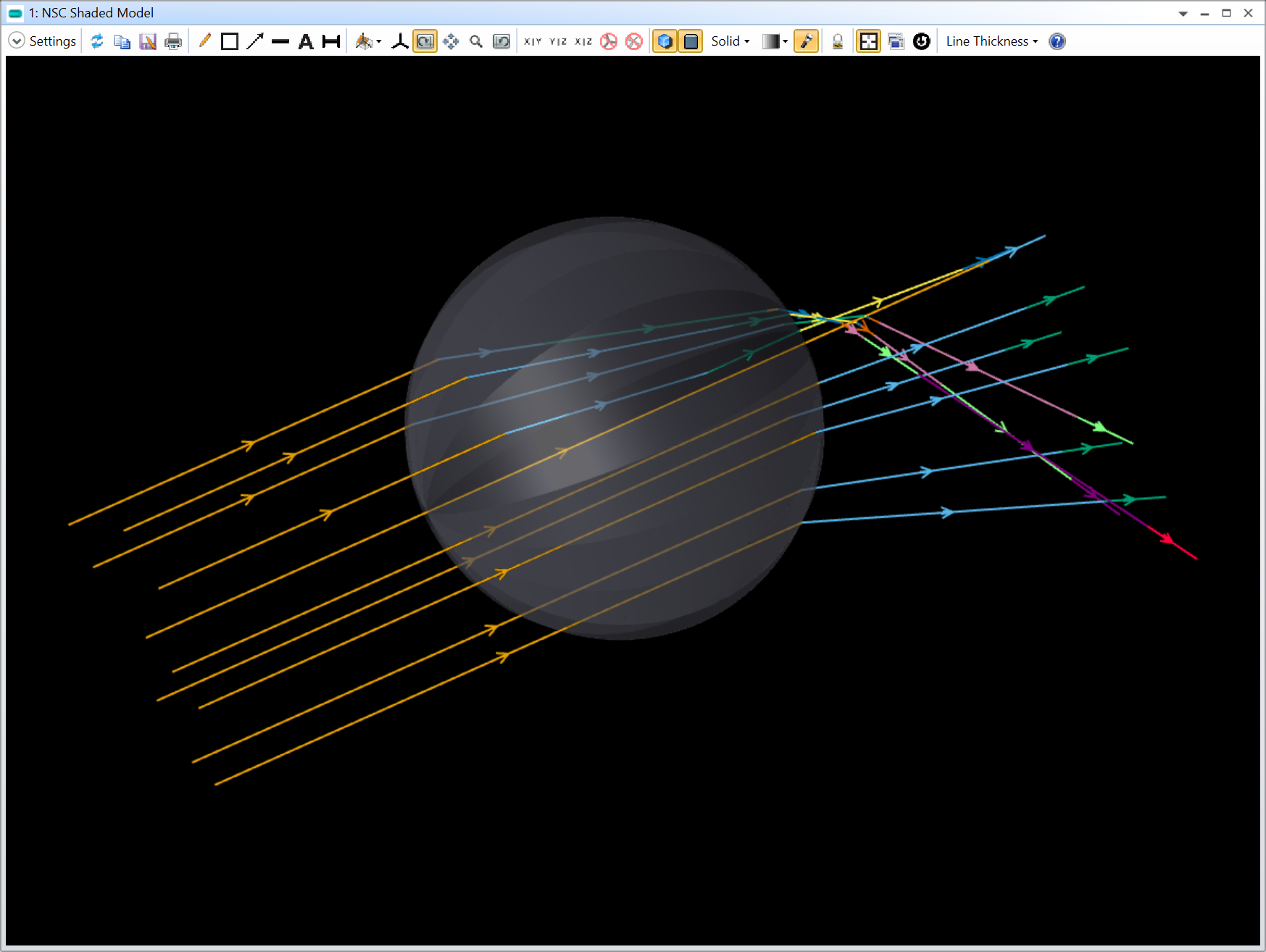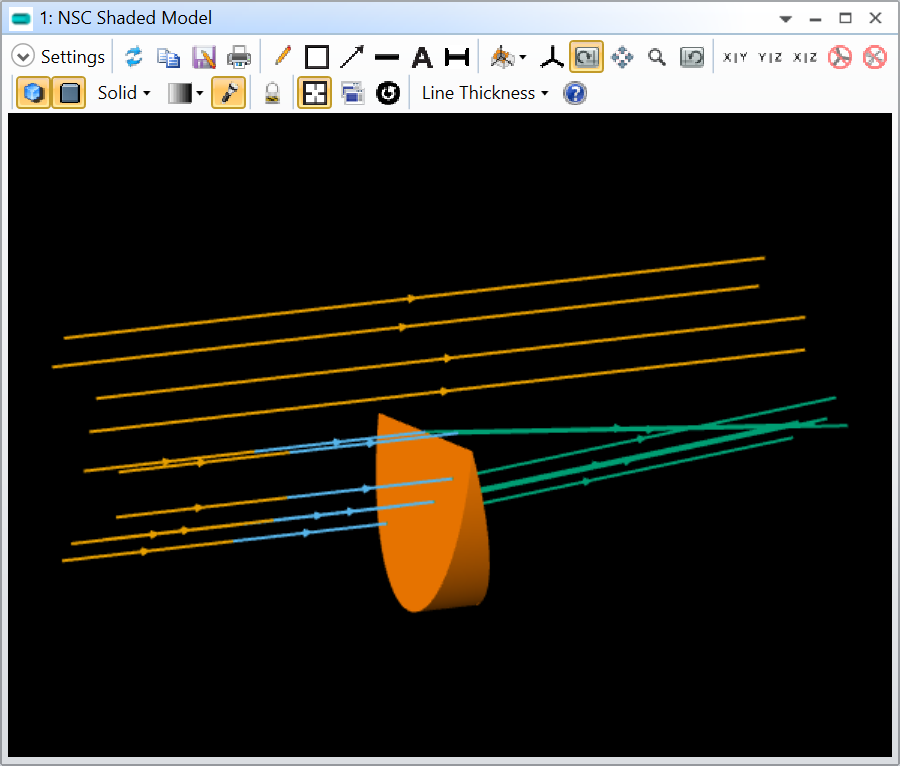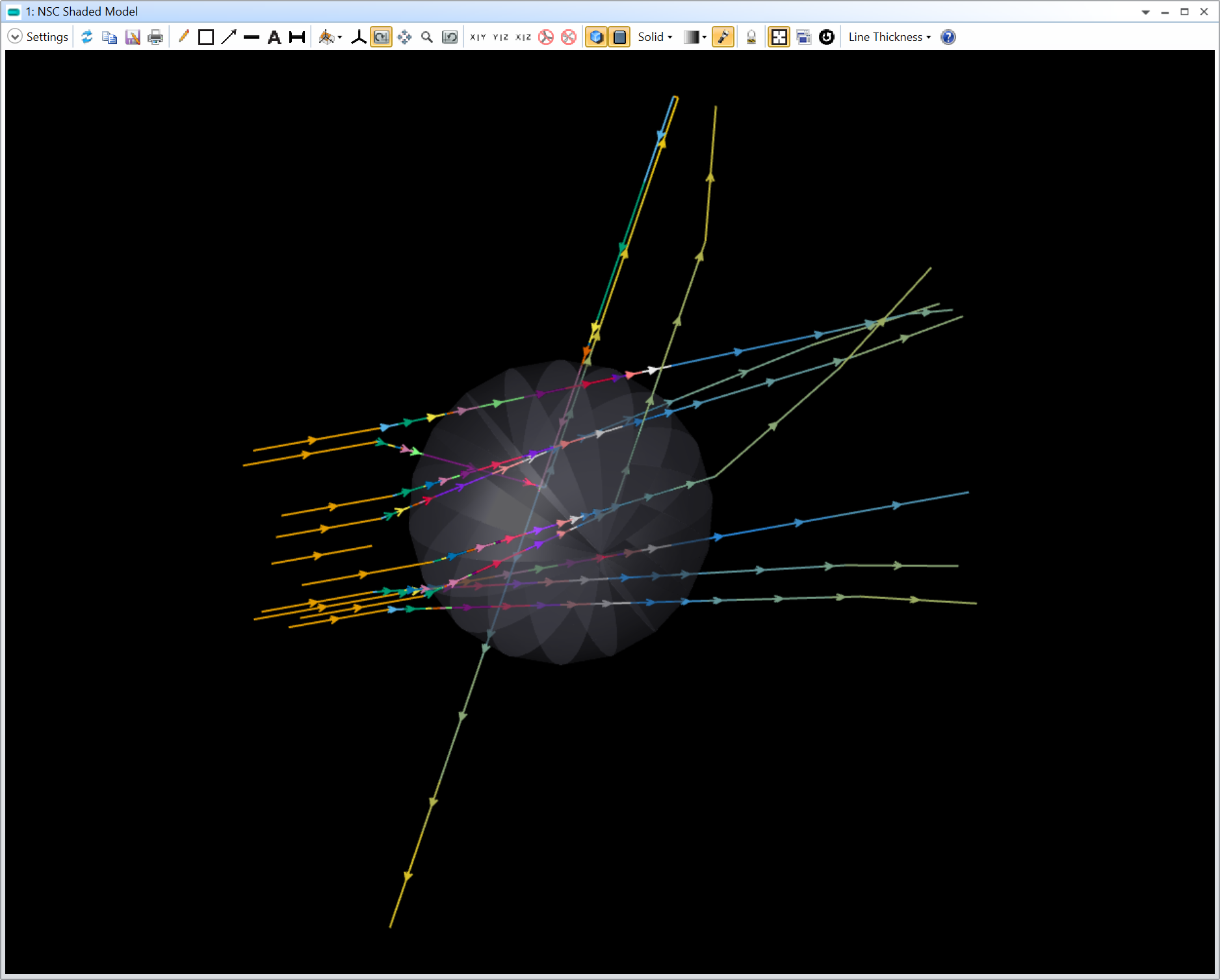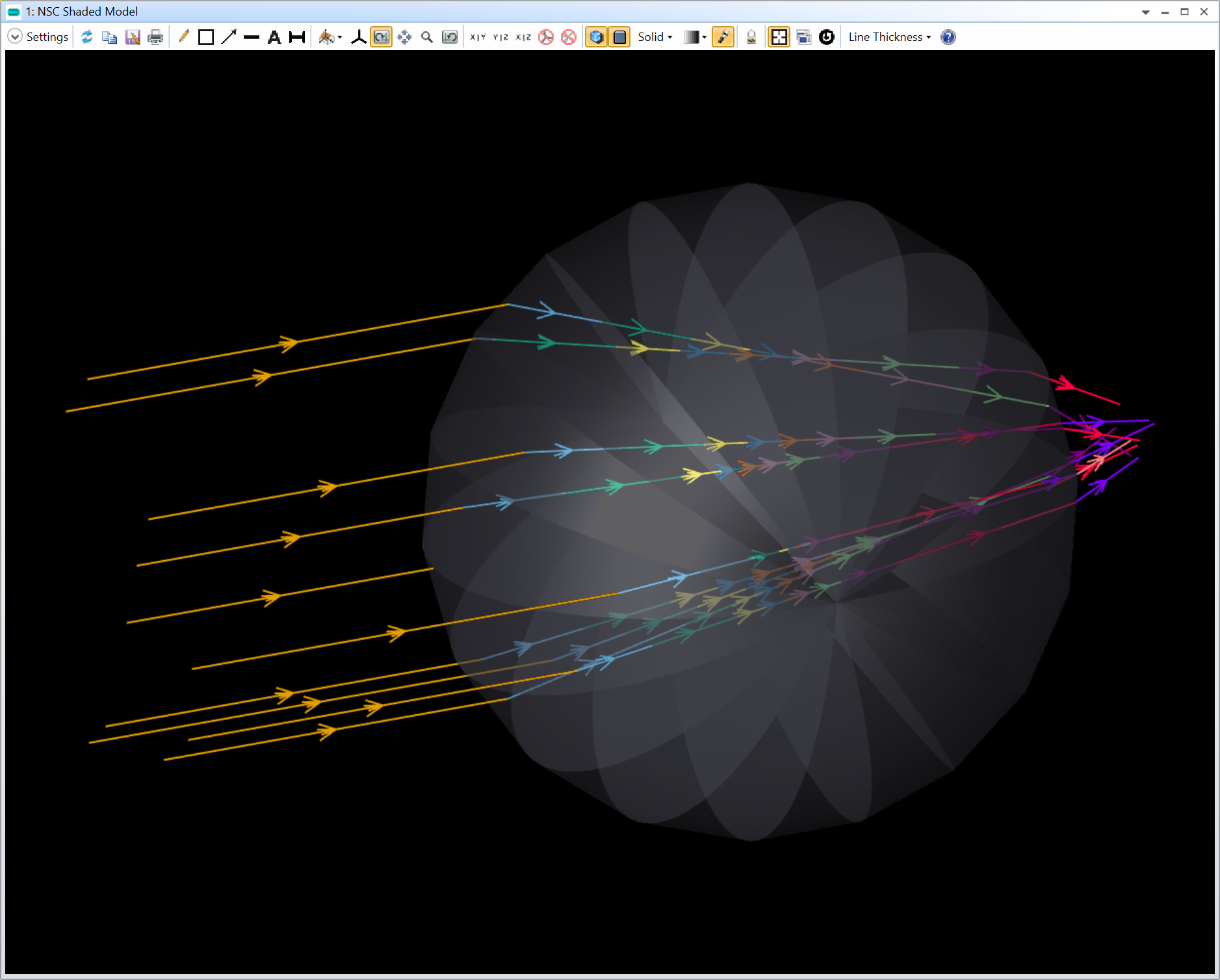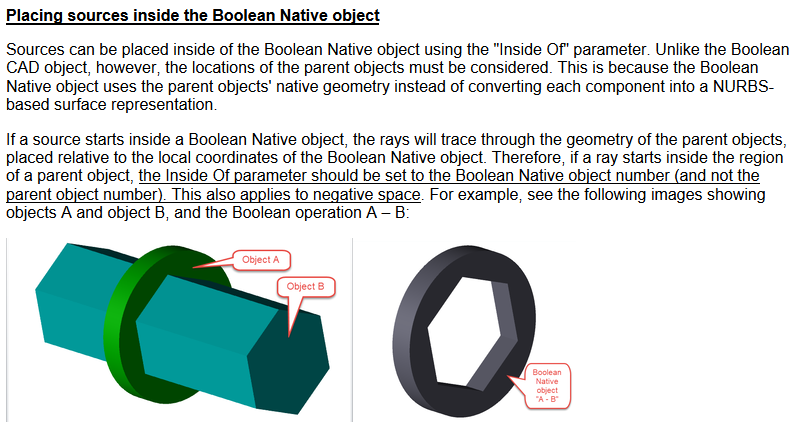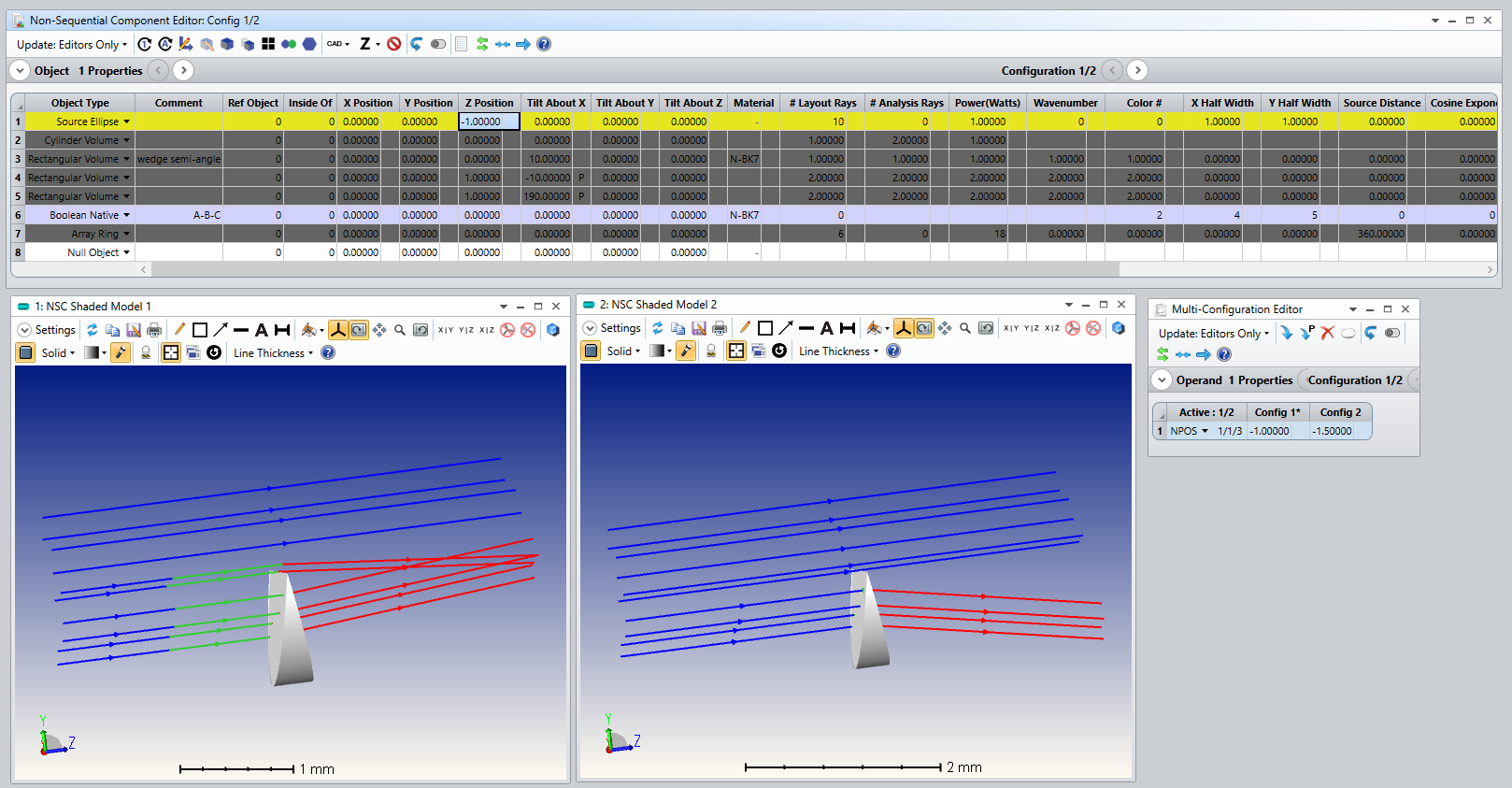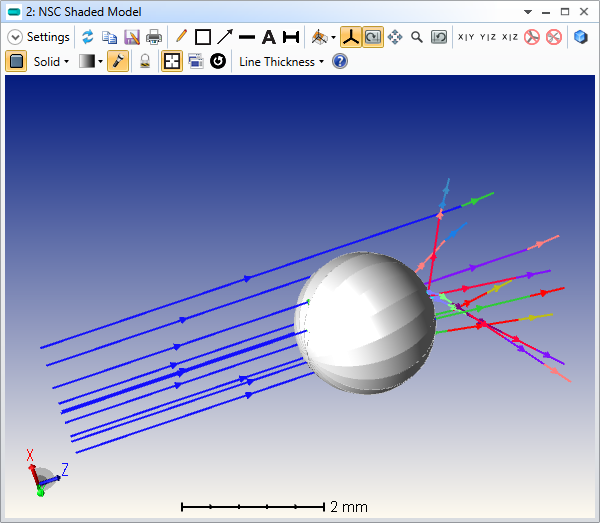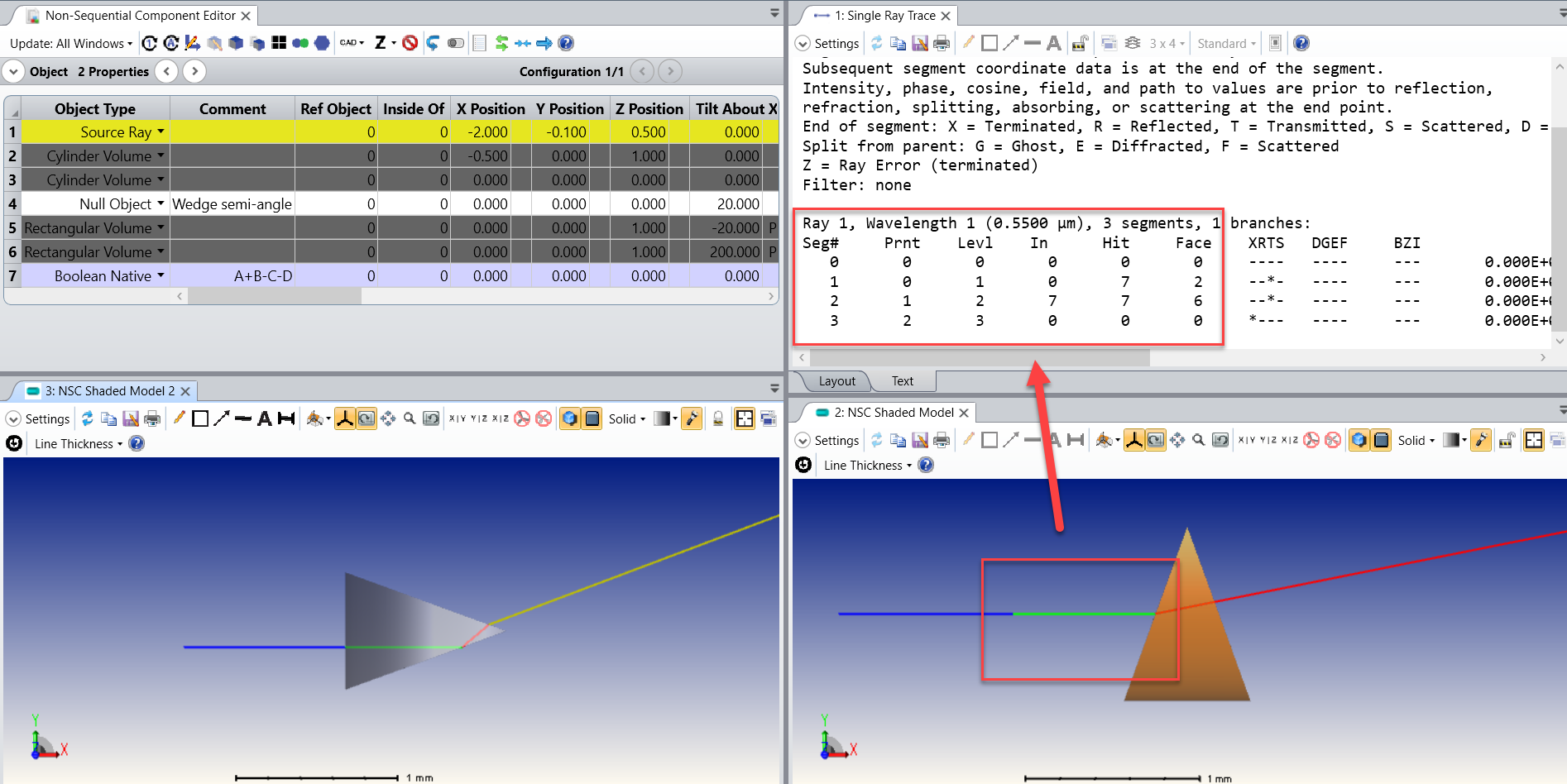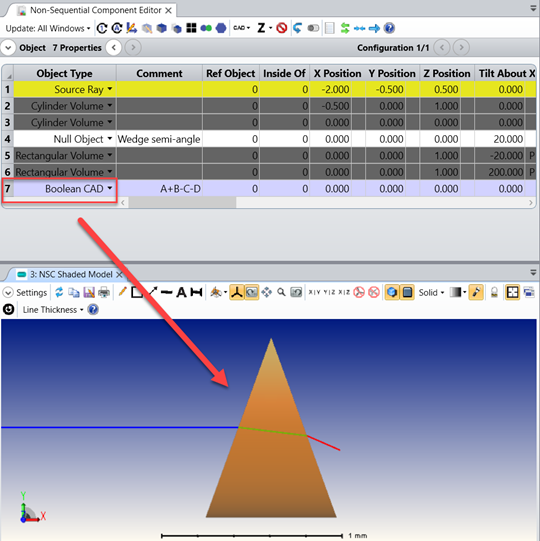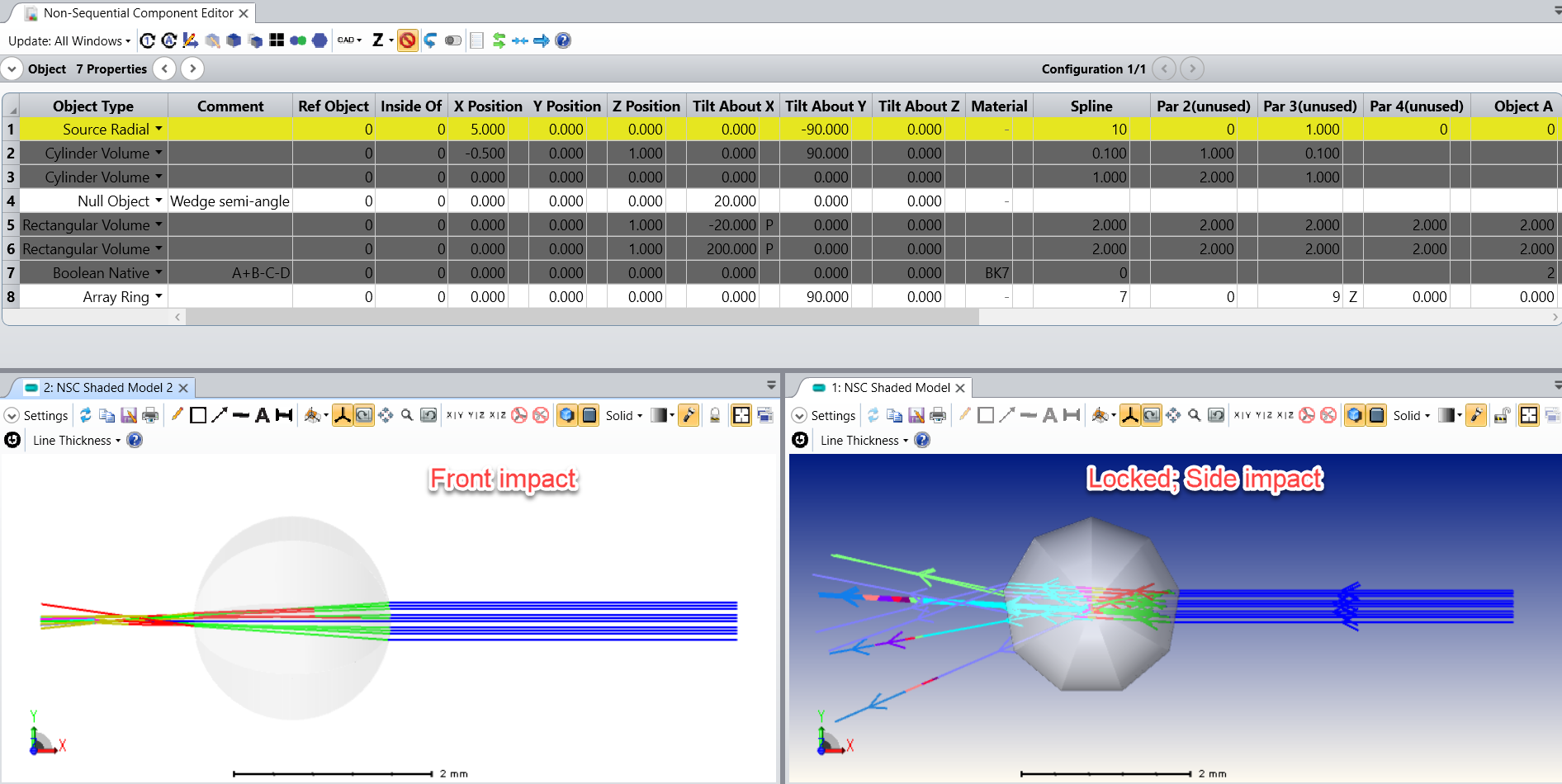I’m trying to create an orange from boolean orange slices in Zemax. The question is how to wrangle them into position in the simplest way possible. I’ve attached a screenshot which shows the LDE and the incorrect placement of the 2nd wedge. Thanks!
Coordinate Transformations in Non-Sequential
Best answer by David.Nguyen
I think you want to leverage the Array Ring object for this problem. However, for the Array Ring to work, you need the local Z axis of the orange wedge to be along the straight line of the wedge. When you cut the Cylinder as you did, the local Z axis is the one from the Cylinder (as shown below, if you double-click on an object it opens its properties and under Draw..Draw Local Axis you can display its local axis).
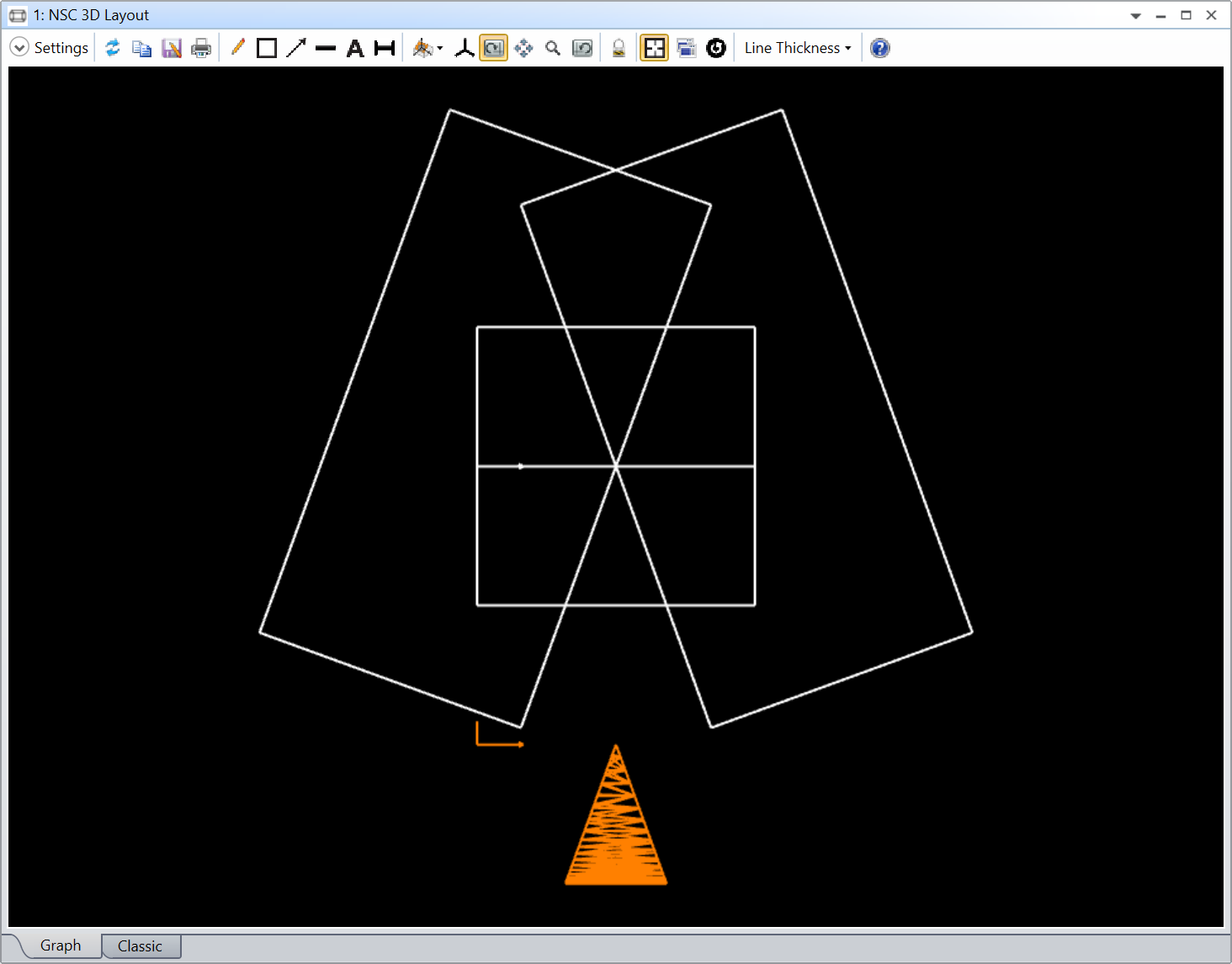
However, we can trick the Boolean native with a dummy Cylinder Volume as such:
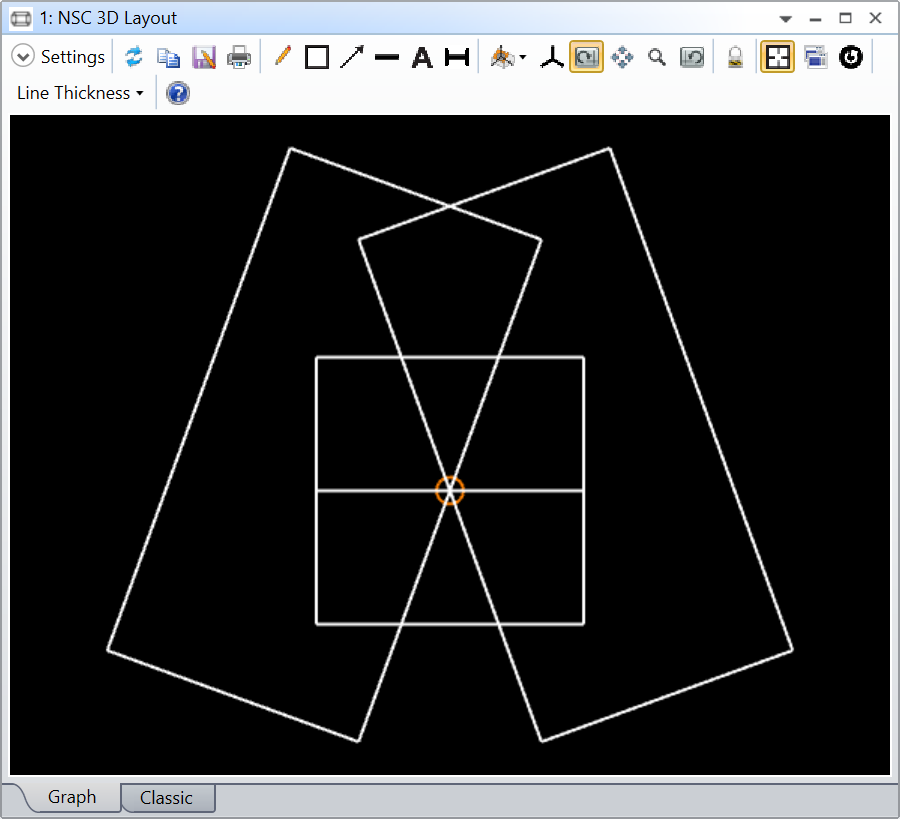
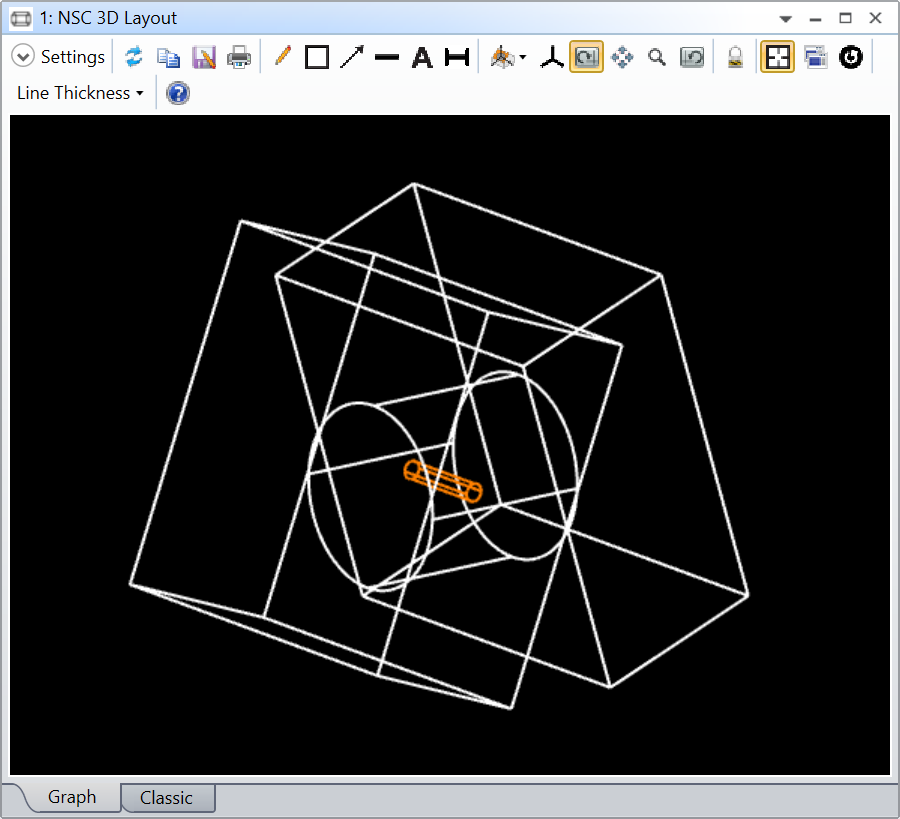
Basically, I have intentionally put a dummy Cylinder Volume inside your main Cylinder Volume with the Local Z Axis of the dummy Cylinder Volume along the straight line of the wedge. The Boolean native is then Cylinder Volume + dummy Cylinder Volume - the two Rectangular Volumes. Because the dummy Cylinder Volume is Object A, the Boolean Native has its Local Z Axis aligned with the straight line of the wedge:
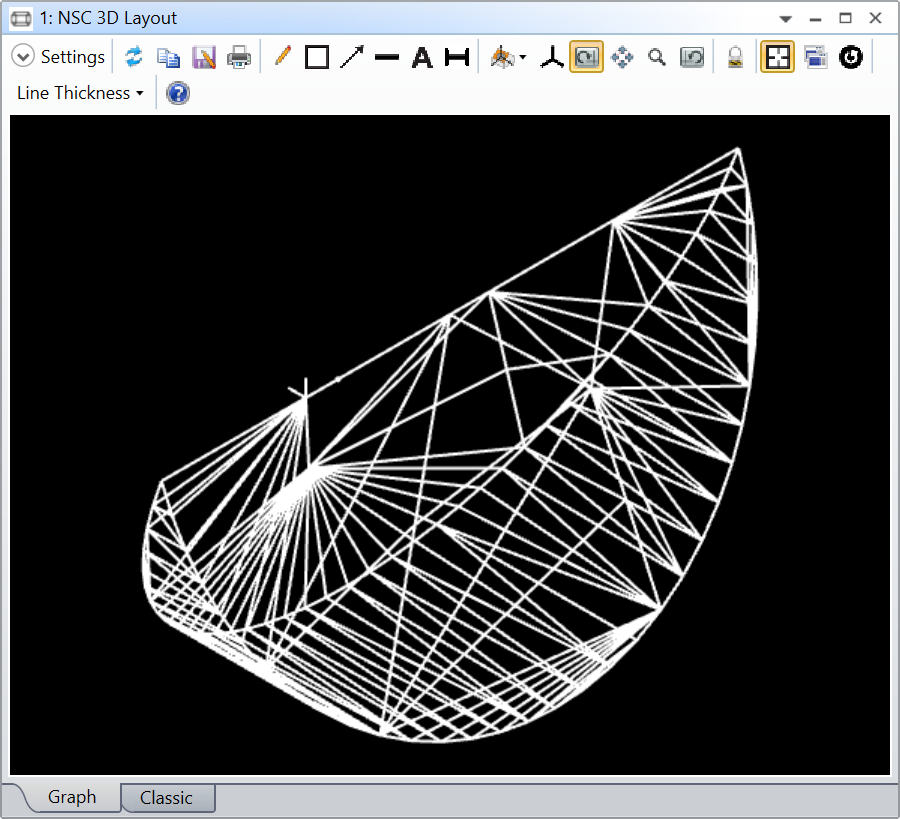
I hope you can see the local axis on the left-hand side of the figure with a small arrow (indicating the Z Axis) pointing along the straight line of the wedge. From then on, you can simply use the Array Ring object. The Radius is zero because you want to rotate exactly about the Local Z Axis, and the # Of Elements is 360 divided by the angle of the wedge. I’ve done an example (also attached to my post) below with 3 configurations showing wedge angles of 20, 40, and 60 degrees:

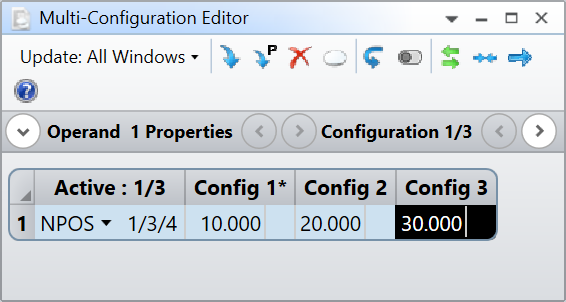
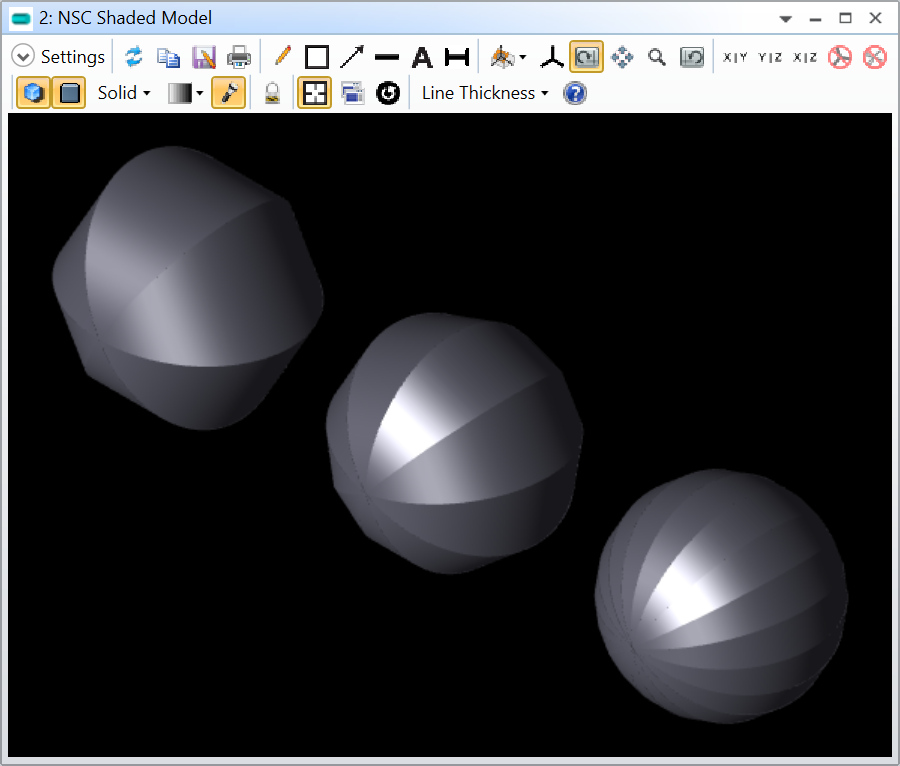
I’m using a macro solve to return the number of elements

It will of course not work if you choose a wedge angle that doesn’t split the orange in discrete wedges.
Thank you for the great question, I had a lot of fun and I hope this solves your problem.
Take care,
David
Enter your E-mail address. We'll send you an e-mail with instructions to reset your password.





